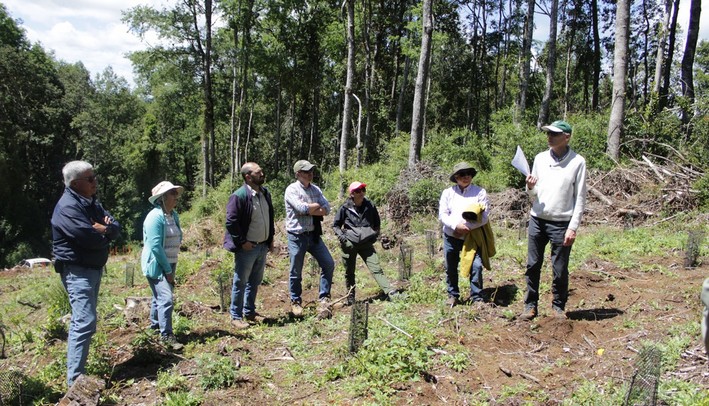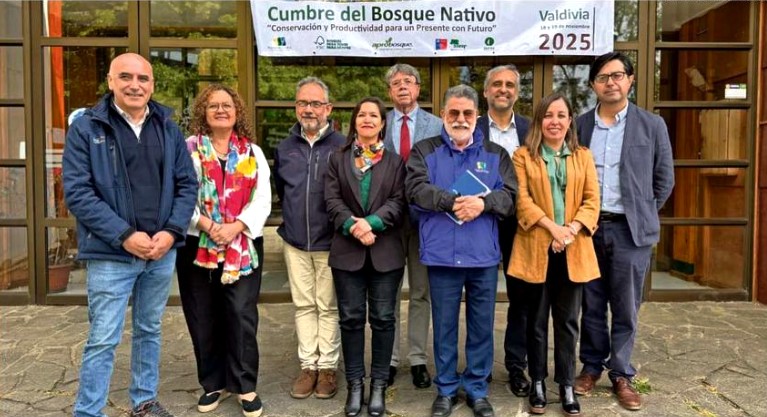Report: Central America Has Lost 600,000 Hectares of Forest Between 2015 and 2022
- It is estimated that the Regional Protected Areas System lost 600,000 hectares of forest during the same period, while grassland areas increased by 500,000 hectares.
The Central American Association Centro Humboldt (ACCH) has published the report "Assessment of the Use and Protection of Natural Resources in Central America."
This study provides updated information on the state of natural resources and the environment in Central America and highlights the urgent need to address the environmental and climate crisis in the region.
Among the key findings are that the Regional Protected Areas System lost 600,000 hectares of forest during the same period, while grassland areas increased by 500,000 hectares, compromising the ecological stability of the region. Unfortunately, Central America has positioned itself as one of the most vulnerable zones to these issues, facing serious challenges in conserving its resources.
"This situation is worsened by recent forest fires and agricultural burns, which have increased the loss of forested areas and intensified environmental problems in the region," the report states.
Additionally, between 2015 and 2022, 9% of the regional forest cover was lost, primarily due to the expansion of livestock farming, agribusiness, and mining.
CLIMATE CHANGE
The effects of climate change are undeniable, with temperature increases expected to exceed the limits set by the Paris Agreement by 2025. Reduced rainfall will affect food security and hydroelectric generation, increasing the region's vulnerability.
"These situations are already being experienced, as demonstrated by the recent heatwaves that struck Central America during the summer, followed by the current rainy season, underscoring the region's growing vulnerability to extreme weather events," they add.
The lack of strong public and private environmental management has contributed to irreparable environmental damage. Ecosystem fragmentation, loss of connectivity, and declining water availability are evident.
Illegal wildlife trafficking, overfishing, and the introduction of exotic species threaten biodiversity, with this danger reflected in the increase of over 800 threatened species between 2015 and 2022. Water quality faces stress due to agricultural and industrial pollution, affecting food security and water supply.
The rise in extractive activities has led to land-use changes and environmental pollution; the region's primary energy sources remain firewood, thermal, and hydroelectric power for electricity generation.
According to Campos, this report is an urgent wake-up call. Central America is at an environmental crossroads, and regional and international collaboration is crucial to reversing the situation. "Nature won't wait. Leaders, civil society, and the private sector must unite to protect our natural resources before it's too late. That’s why we call for action now," concluded Víctor Campos, Executive Director of ACCH.
Source:revistaeyn.com

















